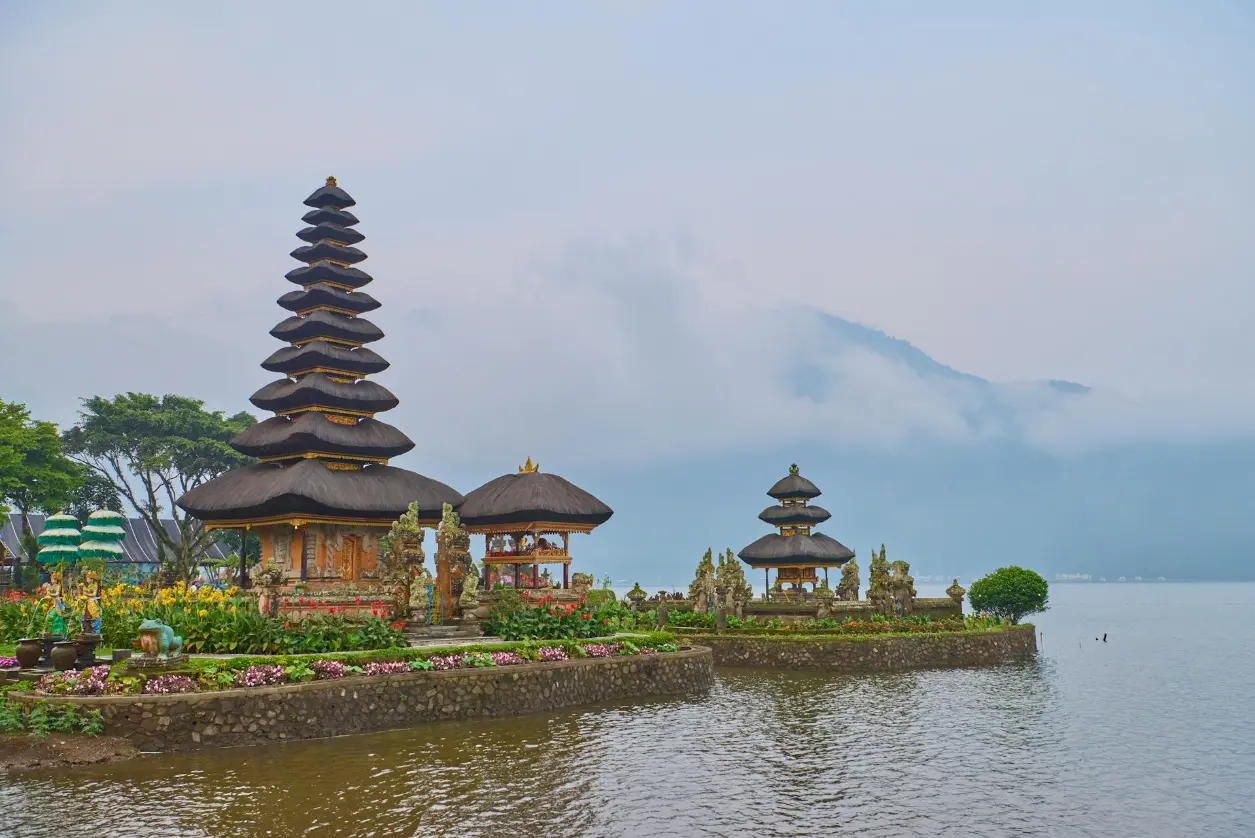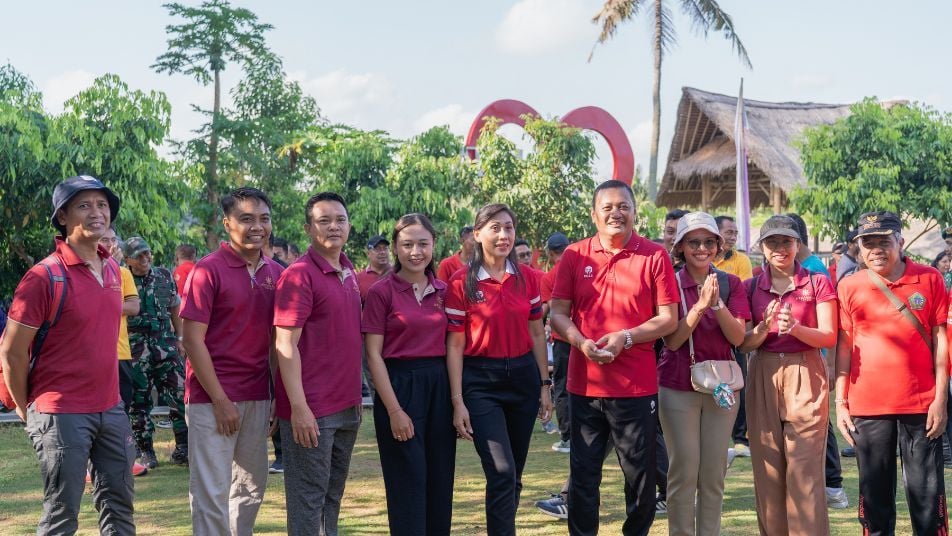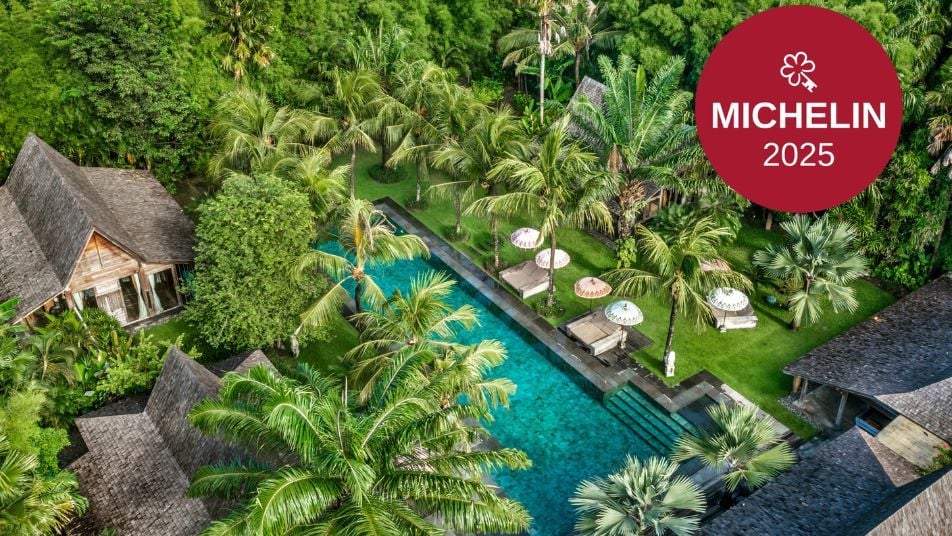Fodor’s No List 2025: Bali’s Path to Sustainable Tourism
by Dijiwa Sanctuaries

Fodor’s No List 2025: Bali’s Path to Sustainable Tourism
Fodor's No List 2025 - Bali, often celebrated as Indonesia’s paradise for tourists, has been spotlighted by Fodor’s, a leading American travel guide publisher, which placed the island on its “No List” for 2025 on November 21, 2024. This designation highlights significant challenges stemming from overtourism, including environmental pollution caused by an overwhelming accumulation of plastic waste and other pressures on Bali’s ecosystem. Part of a broader effort to raise awareness about the negative impacts of excessive tourism, the “Fodor’s No List” categorizes destinations into two groups: the ‘Perennial No List’ for places consistently affected by these issues and ‘Destinations Beginning to Suffer’ for those showing early signs of strain. Alongside other destinations on the list, Bali’s inclusion underscores the urgent need for more sustainable tourism practices from governments and local communities alike.

Source: Pexels
View from Bali's Tourism Office
The head of Bali’s Tourism Office, Tjok Bagus Pemayun, offered a different perspective on the issue of overtourism during the Weekly Press Briefing on April 29, 2024. He stated that the term “overtourism” does not fully reflect Bali’s situation, emphasizing that the main problem lies in the uneven distribution of tourists across the island. “It’s not overtourism, but an uneven distribution of tourist visits in Bali,” he explained, highlighting ongoing efforts to address this issue through the development of new infrastructure and access points, such as in Besakih Village, Karangasem, and the planned Turyapada Tower in North Bali in collaboration with Paramount.
Echoing Tjok’s view, Ida Bagus Purwa Sidemen, the Executive Director of the Indonesian Hotel and Restaurant Association (PHRI) Bali, referred to provincial statistics from September 2024 that showed hotel occupancy rates across Bali had not exceeded 70 percent. This data suggests that Bali, as a whole, is not experiencing an excess of tourists. He expressed concern over claims of overtourism based solely on conditions in South Bali, pointing out that the island’s nine regencies and cities still have relatively low occupancy rates, indicating room for growth in tourist distribution.
Challenges and Efforts for Bali
Tjok explained that Bali indeed needs a balanced distribution of tourist visits, not an overall decrease. This means shifting the focus from just South Bali to the entire island, including the North, West, and East, so that the attractions of tourism can be enjoyed and the benefits shared evenly by the local communities.
Solutions for Bali's Tourism Future
To address these challenges, several solutions can be considered:
- Sustainable Tourism Development: Emphasizing sustainable tourism is critical. This involves implementing environmentally friendly practices such as reducing plastic waste, improving waste management systems, and promoting ecotourism in lesser-known areas. These initiatives will help reduce Bali’s ecological footprint and promote responsible travel.
- Destination Diversification: The government and local stakeholders must develop new tourist destinations beyond the popular South Bali. This can include promoting cultural tourism, agritourism, and adventure tourism in areas that have not yet been overwhelmed by tourists, thus helping to distribute tourist traffic more evenly across the island.
- Infrastructure Improvement: Building infrastructure that supports the dispersal of tourists, such as highways, efficient public transport, and environmentally friendly public facilities, will help alleviate congestion and pollution in major tourist areas.
- Education for Tourists and Locals: Educating both tourists and the local community about the importance of preserving Bali’s natural and cultural assets is vital. Teaching tourists to respect local cultures and environments can minimize the negative impacts of tourism.
- Policy and Regulation: The government should enforce stringent regulations on hotel and accommodation development to ensure that new constructions are not threatening the local environment or culture. A temporary moratorium on new developments in already crowded areas could be a practical step towards this.
- Collaboration with Stakeholders: Collaboration between the government, local communities, tourism businesses, and NGOs is essential to ensure that policies and programs are effectively implemented and sustainable. This cooperation can help create a balanced approach that benefits both the tourism industry and the preservation of Bali’s unique heritage and ecosystems.
Conclusion - Bali Fodor’s No List 2025
Despite being highlighted in Fodor’s 2025 “No List” for overtourism and environmental impact issues, the actual situation in Bali shows that the overall hotel occupancy rate remains below 70%. This indicates that the main issue is not an excess of tourists, but rather an uneven distribution across different regions of Bali. In response, emphasizing sustainability and shifting focus to less-visited areas could help mitigate the situation. Dijwa Sanctuaries, with properties spread across various locations in Bali, offer unique experiences closely connected to nature and local culture. Plan your visit to Dijwa Sanctuaries for a more authentic and sustainable experience in Bali!


